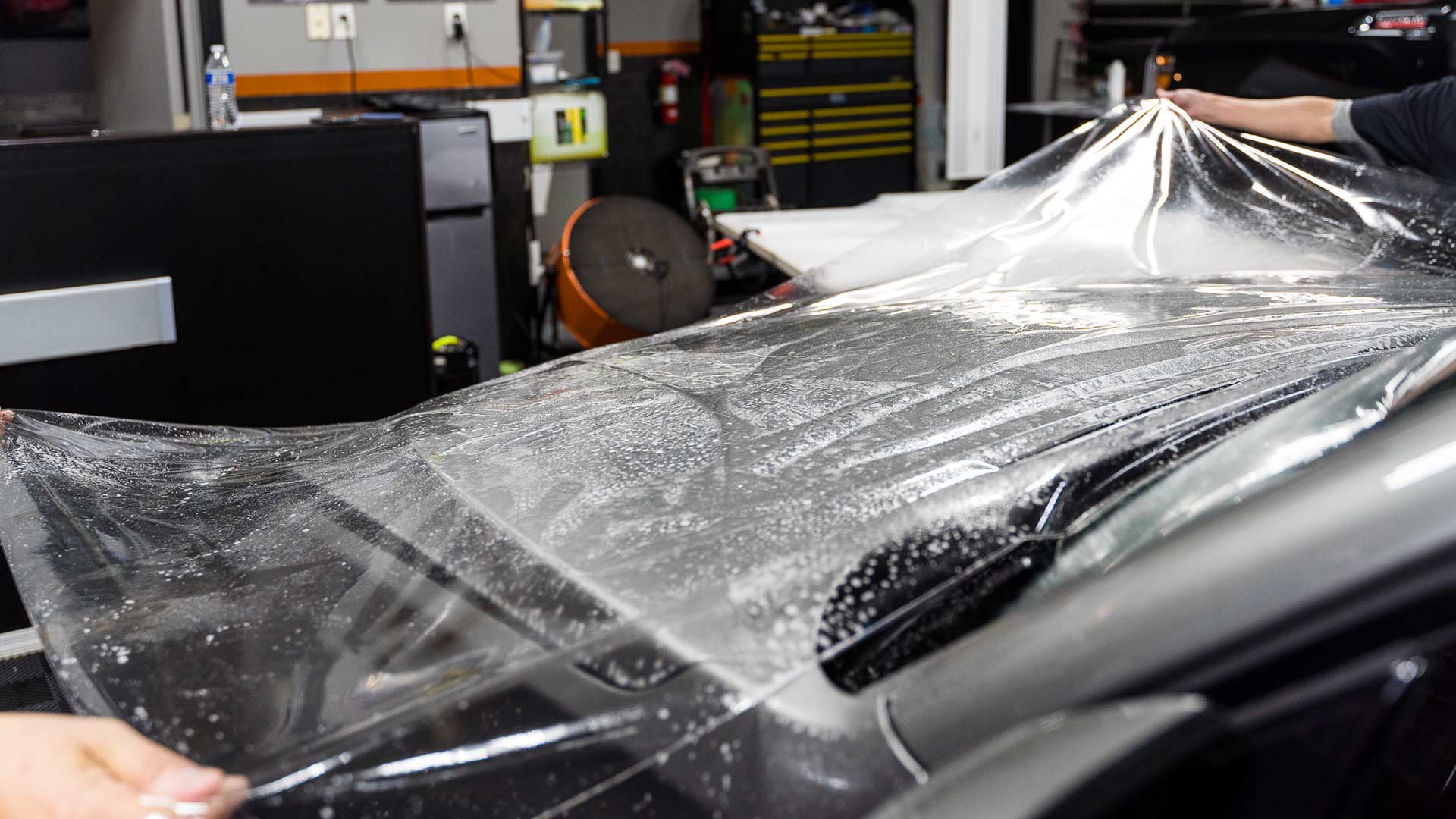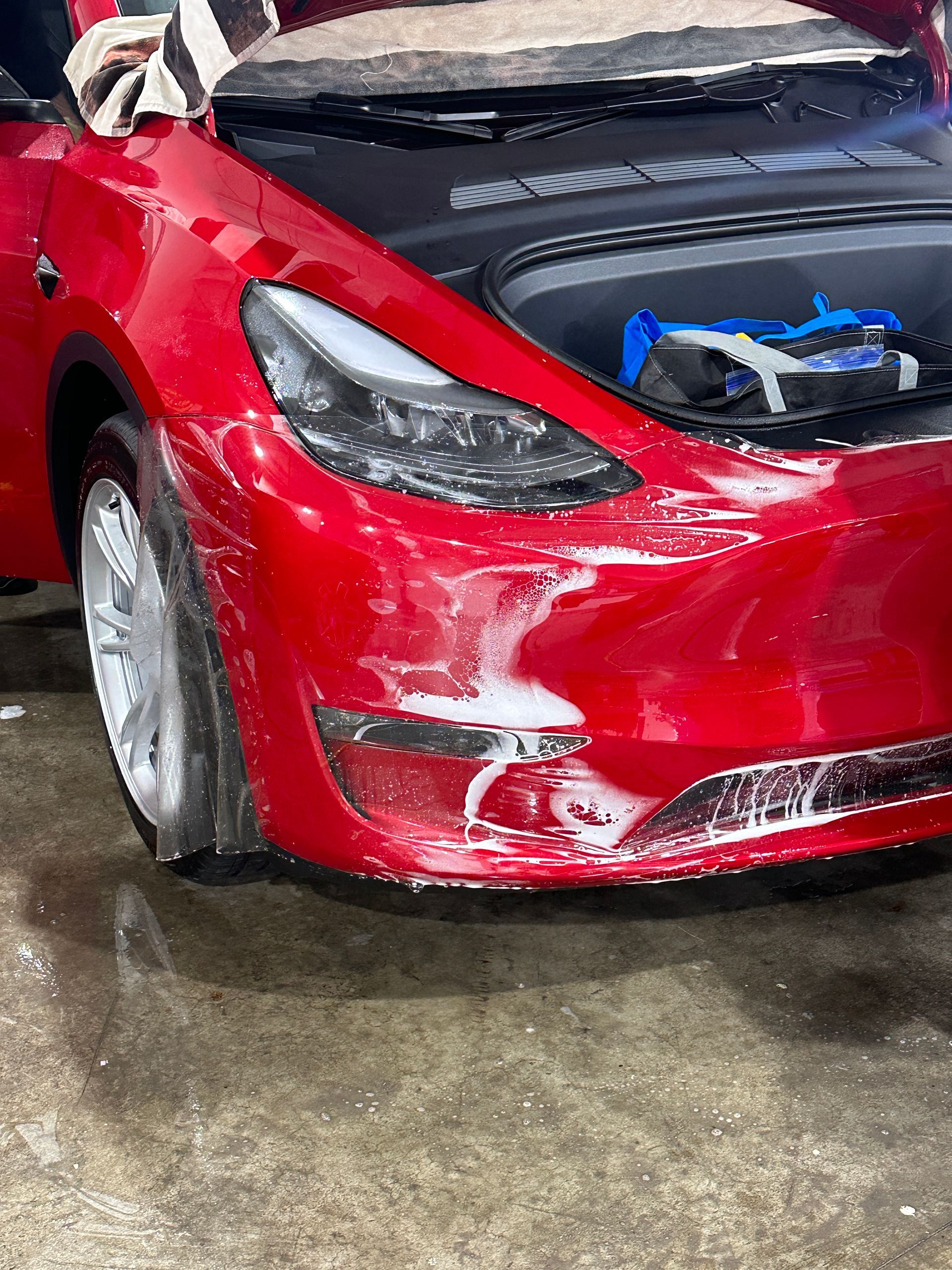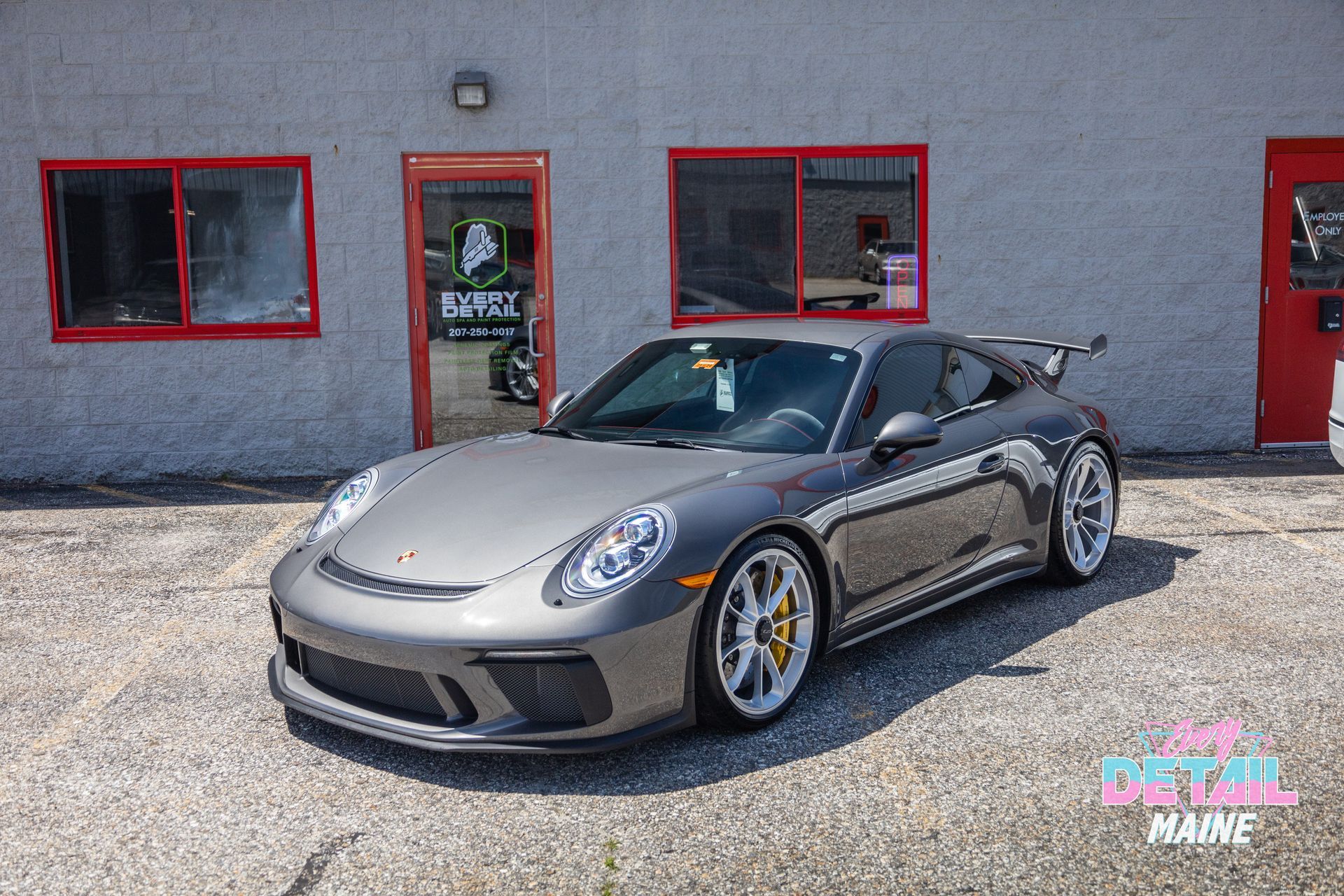PPF Hydrophobic Properties: Benefits and Features of Paint Protection Film
Have you ever admired a car’s shiny finish and wondered how some vehicles manage to stay looking brand new, even after years of driving? You might think it takes endless washing and waxing to keep up that kind of appearance, but there’s an easier solution. Paint protection film is a game-changer for vehicle care! This remarkable film not only preserves your car's paint but also boasts impressive features that make maintenance a breeze.
Paint Protection Film (PPF) possesses effective hydrophobic properties that enable water to bead up and roll off its surface, significantly improving the ease of cleaning and reducing water spots on a vehicle's finish. This unique property not only enhances the overall maintenance process but also ensures long-lasting protection against environmental contaminants, contributing to the preservation of your vehicle's aesthetic appeal.
What is Paint Protection Film (PPF)?
Paint Protection Film, commonly known as PPF, is a sophisticated, transparent film designed to serve as a robust guardian for your vehicle's paint. Crafted from thermoplastic polyurethane (TPU), this remarkable material boasts both flexibility and durability, making it an ideal choice for shielding vehicles against various environmental hazards. It's especially significant in today’s world where road conditions can be unpredictable, filled with debris that threatens to mar the aesthetic of any car. The strength of TPU allows PPF to absorb impacts effectively; it acts much like an invisible shield over the car’s finish. Imagine driving down a gravel road; without protection, tiny stones could launch themselves at your paint and lead to unwelcome chips and scratches. With a paint protection film in place, you have a barrier that absorbs those impacts before they ever reach your vehicle's surface.
Importantly, PPF isn't just about toughness; its unique properties can adapt to the complex shapes and curves of any modern vehicle. This seamless application means there's no risk of bubbles or gaps, which is particularly critical for preserving the sleek aesthetics of luxury models. However, paint protection film's benefits extend beyond keeping high-performance beasts safe. Everyday vehicles are prime candidates for this protective film too. From compact cars to large SUVs, having a paint protection film installed means preventing unsightly scuffs and marks while enhancing the car's overall appearance. By embracing paint protection film, you are investing not only in the immediate health of your vehicle but also its long-term value. As cars age, their resale value often falters due to cosmetic imperfections; however, with enduring protection from PPF, you'll keep your exterior looking pristine for years to come.
Hydrophobic Properties of PPF
One standout feature of paint protection film is its hydrophobic properties, which refer to its ability to repel water. This high-tech layer makes it possible for water to bead up on the surface, similar to how droplets form on a freshly waxed car hood; instead of soaking in, the water rolls right off. As a result, this quality not only keeps the vehicle cleaner but also acts as a protective barrier against potential damage from standing water. Water spots and mineral deposits are less of an issue when your car is coated with hydrophobic PPF.
The hydrophobic properties are particularly beneficial during rainy seasons or in regions with high levels of pollution. Water that typically lingers on the surface now glides away, pulling dirt and grime with it. In locations where acid rain or pollutants are prevalent, this added layer of protection proves invaluable. By preventing contaminants from bonding with the paint surface, a paint protection film helps maintain the integrity and aesthetics of your vehicle over time.
Structure and Chemistry of Paint Protection Film
Paint protection film’s effectiveness lies in its multi-layer construction and the chemistry of its components. This intricate design not only enhances its protective capabilities but also ensures long-lasting performance, making it a favorite among car enthusiasts and everyday drivers alike.
Layers of Paint Protection Film
The typical PPF consists of several layers, each playing a crucial role in providing comprehensive protection.
- Top Coat Layer: This clear coat serves as a barrier against UV rays and is designed to resist yellowing—keeping your vehicle looking new for much longer.
- Polyurethane Layer: It offers flexibility and significant impact resistance. This middle layer absorbs impacts from road debris, preventing chips and scratches that could mar your vehicle's appearance.
- Adhesive Layer: Allows the film to adhere firmly to your vehicle's paint without causing any damage during application or removal. This layer plays an essential role in ensuring that the film stays securely in place, even under duress from environmental factors.
Chemical Composition of PPF
At the heart of PPF is thermoplastic polyurethane (TPU), a material celebrated for its elasticity and durability. Unlike traditional coatings, TPU retains its shape after stretching, making it capable of covering complex surfaces seamlessly while also preventing wear and tear from everyday driving conditions. Naturally resistant to oil and grease, TPU keeps your car looking sharp by repelling substances that can cause staining. Additionally, chemical inhibitors are integrated throughout the film to enhance UV resistance; this ensures that even prolonged exposure to sunlight won't lead to unwanted yellowing over time.
Moreover, the multifaceted chemical structure comprises both hard segments for durability and soft segments for flexibility. This unique combination adds another layer of resilience, enabling paint protection film to effectively absorb impacts while still maintaining its pristine appearance. With an understanding of paint protection film's structure and chemical properties established, it's evident how these features come together to provide robust protection for vehicles.
Application Techniques for PPF
When it comes to applying paint protection film (PPF), every phase requires careful attention to detail. Each step contributes to ensuring the film bonds properly and provides the maximum protection for your vehicle’s paint. Below, we explore each critical stage of the process:
- Surface Preparation: Proper surface preparation is the foundation of a successful paint protection film installation. It’s essential to thoroughly clean your vehicle to remove dirt, grease, and contaminants before applying the film. This is typically done by washing with quality car soap, followed by using a clay bar or similar product to decontaminate the surface. A clean, smooth surface ensures the film bonds well and performs effectively.
- Pre-Cutting the Film: Pre-cutting the paint protection film is crucial for an accurate and efficient installation. Many PPF professionals use pre-cut kits designed for specific vehicle models, ensuring precise fitment and minimizing waste. If a pre-cut kit isn't available, skilled technicians can manually cut the film, but this requires experience to ensure a perfect fit and avoid mistakes.
- Slip Solution Application: Applying a slip solution is essential for an easy and smooth film application. This solution allows the film to be repositioned during installation, ensuring precise placement before it adheres. Without it, you may struggle with misalignment or bubbles, much like trying to place a sticker without any ability to adjust its position.
- Film Alignment and Squeegeeing: Aligning the film correctly and squeegeeing out excess water is vital for a flawless finish. Carefully adjust the film’s edges to match the vehicle’s contours, using a soft squeegee to push out air bubbles and water trapped beneath the film. Always work from one side to another, as this technique ensures even pressure and avoids damaging the paint or film.
Every detail matters when applying paint protection film, as precision is key to ensuring both the film’s durability and its effectiveness. By mastering these installation techniques, you ensure that the PPF will protect your vehicle’s paint for the long haul. A meticulous approach to each phase of paint protection film installation ensures optimal protection for your vehicle’s paint. By following these steps, professionals can guarantee a smooth, flawless application that will offer long-lasting results and superior protection against the elements.
Benefits of Paint Protection Film
A paint protection film is an advanced automotive solution that offers multiple benefits, including easier cleaning, scratch resistance, UV protection, and an enhanced appearance. The hydrophobic properties of PPF make it a powerful shield against damage and help keep your vehicle looking fresh and new for years. Let’s dive deeper into these incredible advantages.
- Easy Cleaning with Hydrophobic Technology: Hydrophobic paint protection film creates a surface that repels water, dirt, and grime, making vehicle cleaning a breeze. You can simply rinse off most contaminants, turning what could be a laborious chore into a quick, effortless spray-and-go situation. The water beads off, and your vehicle stays cleaner for longer, reducing the frequency of washing.
- Scratch Resistance for Enhanced Protection: One of the main benefits of PPF is its scratch resistance. It acts as a protective layer, shielding your vehicle's paint from minor scratches, rocks, and debris during daily driving. Whether you're navigating rough terrain or dealing with inclement weather, this invisible barrier absorbs impacts, keeping your car’s surface smooth and free from damage.
- UV and Oxidation Protection to Preserve Paint: PPF is a great defense against harmful UV rays and environmental pollutants that can cause paint to fade or oxidize. This protective film helps maintain the vibrant color of your vehicle over time, much like sunscreen protects your skin. With a paint protection film, your car’s paint job remains looking fresh, even after years of exposure to the sun and elements.
- Enhanced Aesthetic Appeal with Glossy Finish: A paint protection film not only protects but also enhances the appearance of your car. It provides a glossy, high-shine finish that adds depth and richness to the vehicle’s color. Whether you own a luxury sports car or a family sedan, PPF ensures that your vehicle always looks as good as new with a showroom-like finish.
- Long-Term Investment for Vehicle Longevity: With all of its benefits, a paint protection film is a smart investment for maintaining the longevity and aesthetic appeal of your vehicle. The film not only protects the paint but also helps retain the vehicle's value by preventing deterioration. This means that your car will continue to turn heads while retaining its original beauty for years to come.
A paint protection film provides a variety of practical benefits, from simplifying car maintenance to ensuring long-term protection and enhanced visual appeal. By investing in this high-performance film, you safeguard your vehicle against scratches, UV damage, and environmental contaminants while maintaining a glossy, vibrant finish. With its exceptional protective qualities, a paint protection film is a valuable addition for any vehicle owner looking to preserve their car’s appearance and value.
Trusted Paint Protection Film Installation in Portland, ME
Defend your vehicle’s finish against rock chips, road debris, and the elements with Every Detail’s
premier paint protection film services in Portland, ME. Our expertly installed PPF provides an invisible shield, preserving your car’s flawless appearance while offering self-healing technology for minor scratches. Whether you’re navigating city streets or exploring scenic Maine highways, protect your investment with the industry’s leading protective solution. Contact us today to ensure your car looks its best for years to come! Call us at (207) 250-0017 to get started!

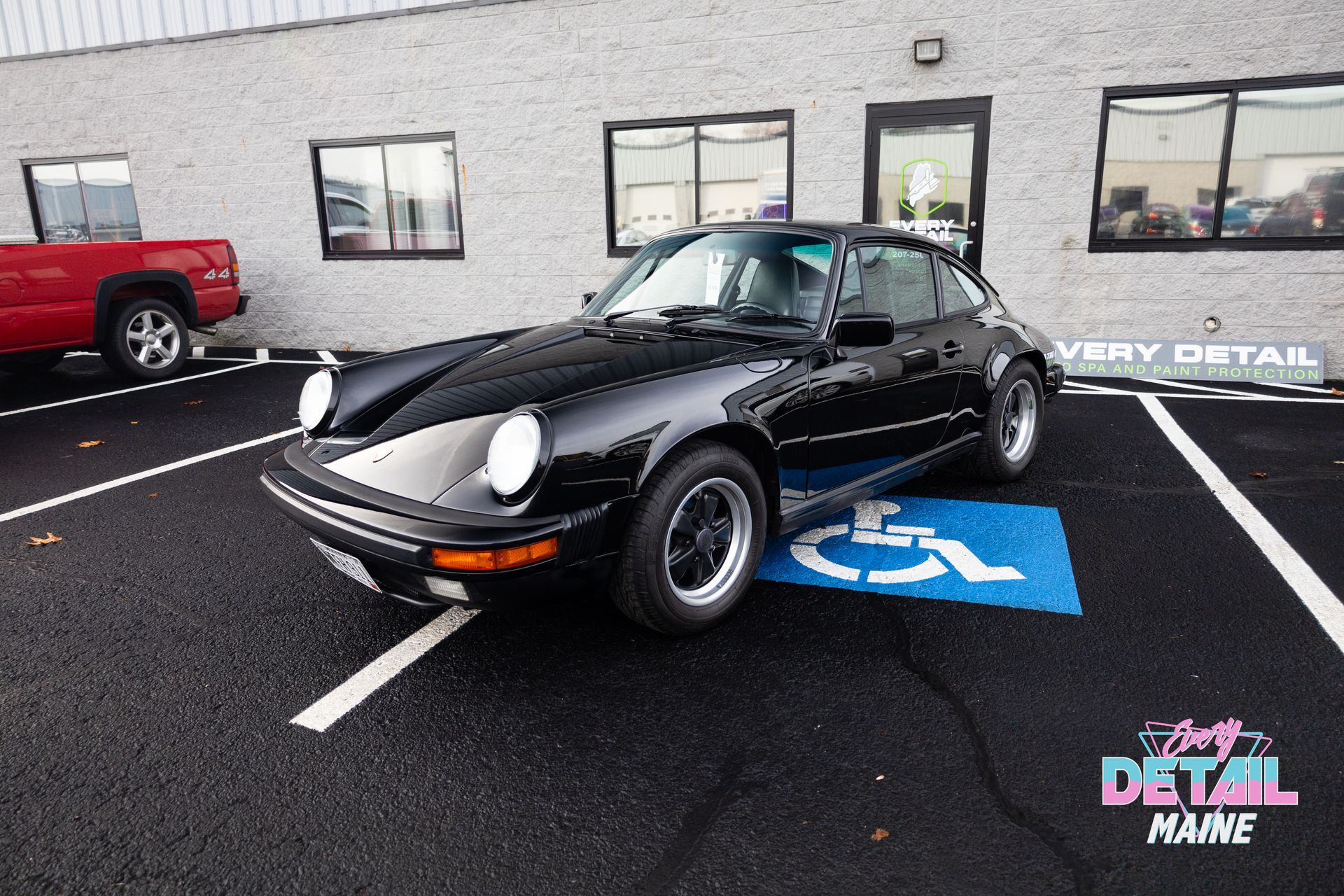
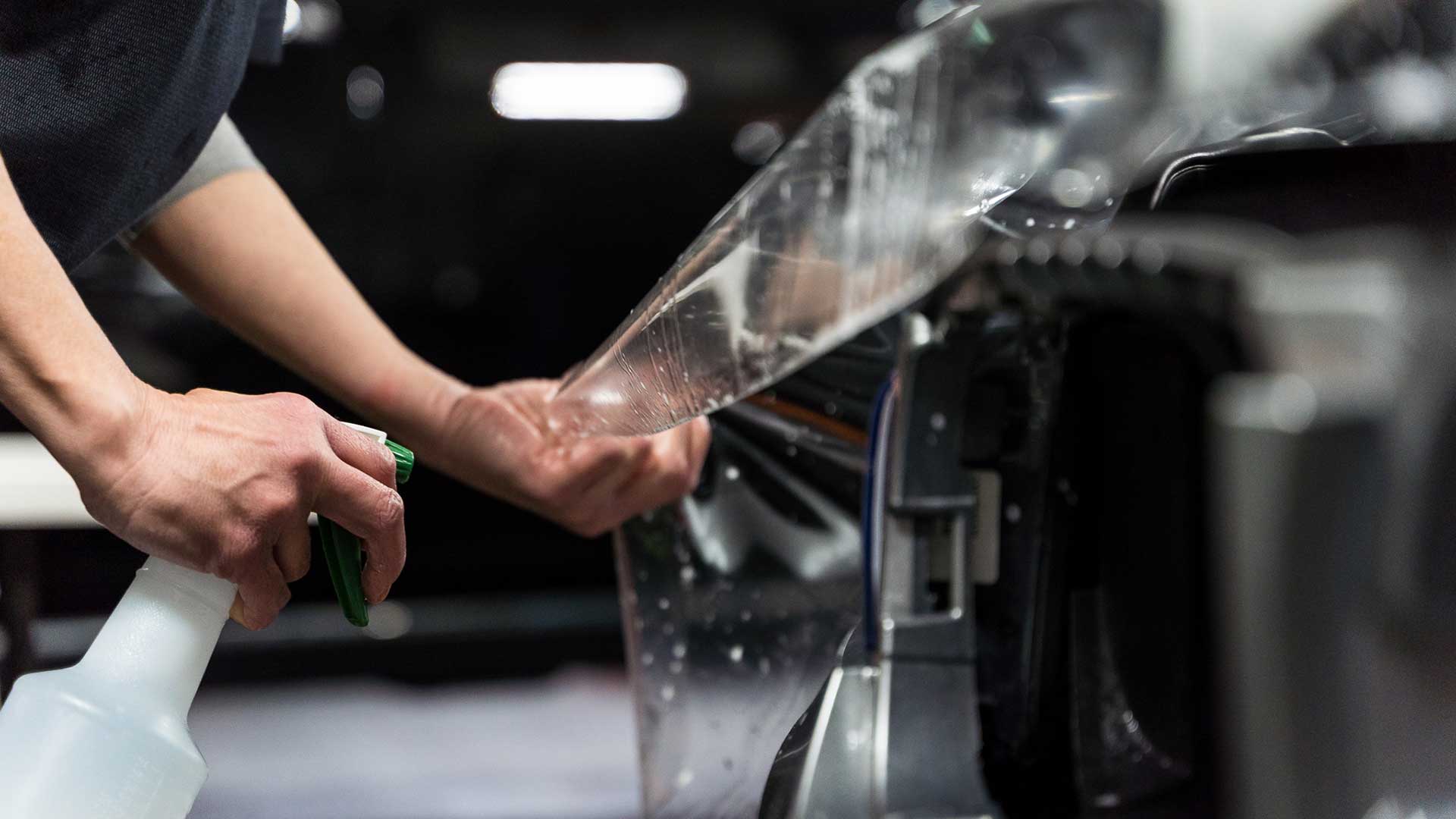
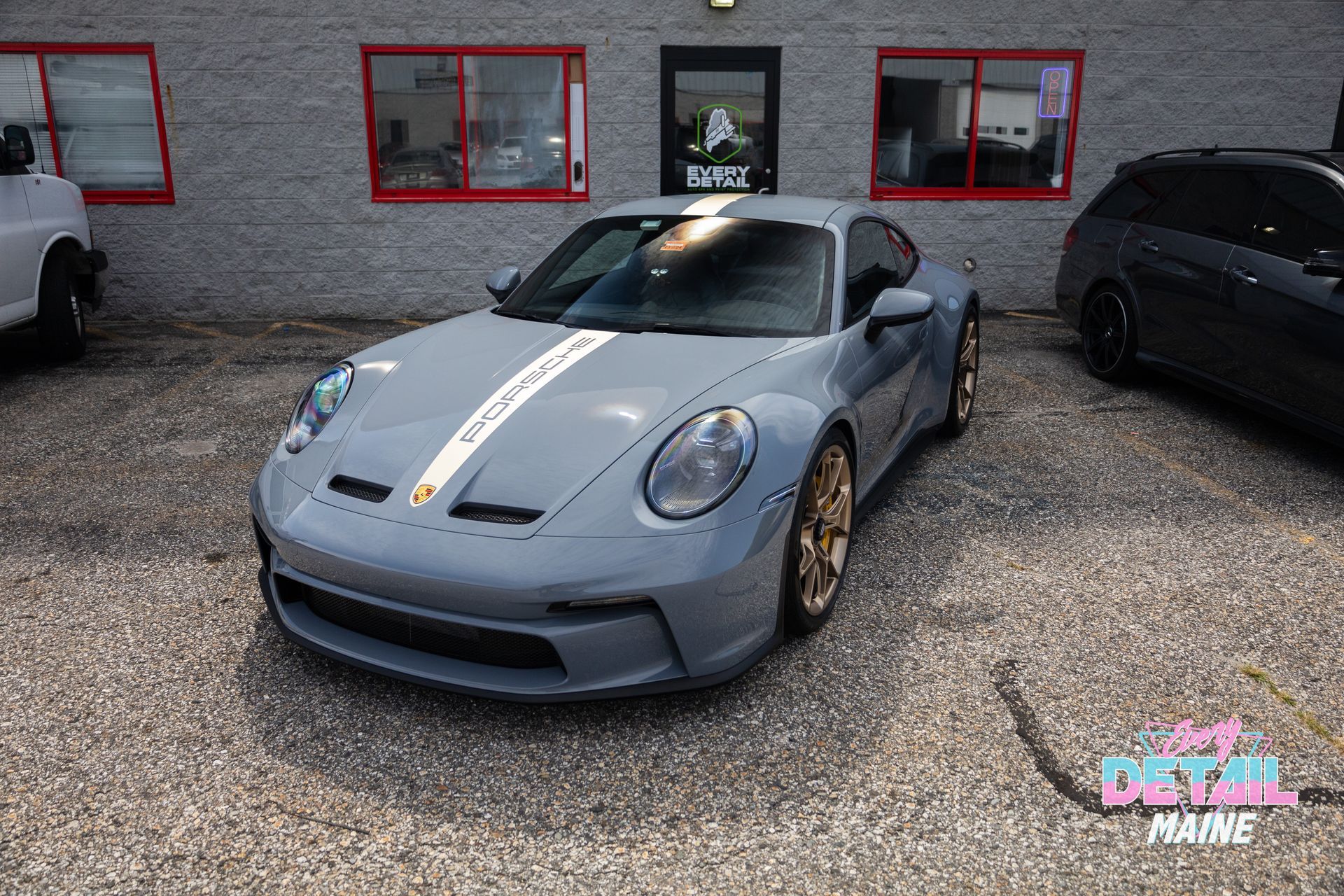
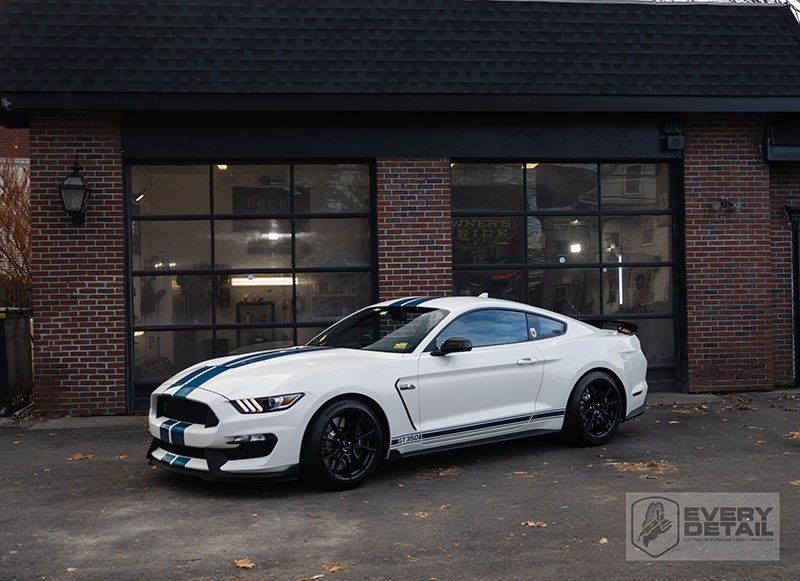
ABOUT US
Every Detail has spent several years in the automotive detailing business building a trusted team of paint protection professionals and vehicle detailers that can guarantee that your automobile will look brand new when leaving our Portland, ME shop. We offer long-term ceramic coatings and clear bras to keep your paintwork fresh and glossy, intricate interior and exterior vehicle detailing services that restore and protect, and a paint correction process remedying even the worst surface defects. Choose Every Detail today and experience the difference!
QUICK LINKS
This website was designed by the team at Detailers Roadmap, a platform developed for detailing operators across the globe.
Photography rights and license from EL.Photos & Xyooj Media
All Rights Reserved | 8bitcreative, LLC | Every Detail





